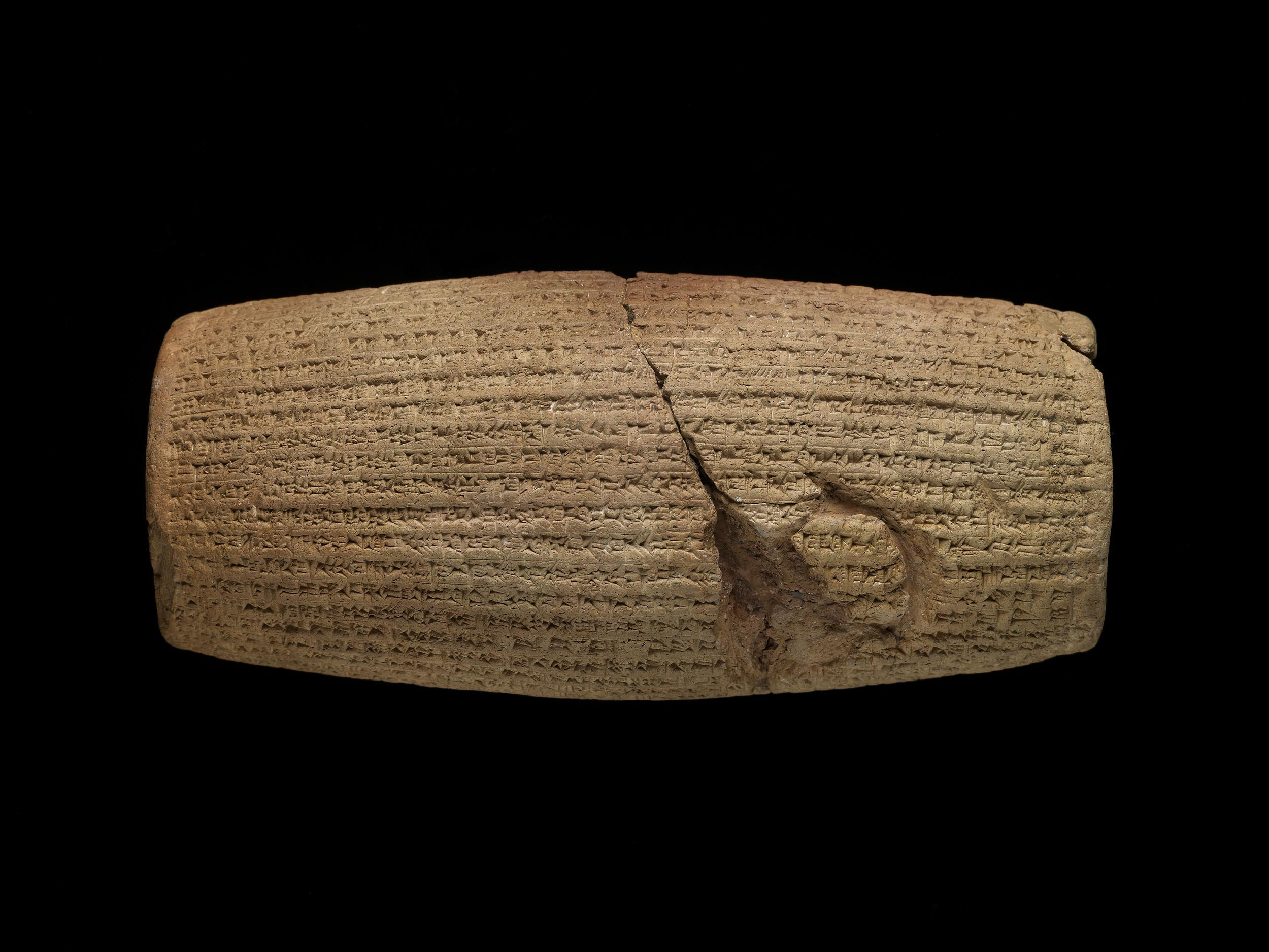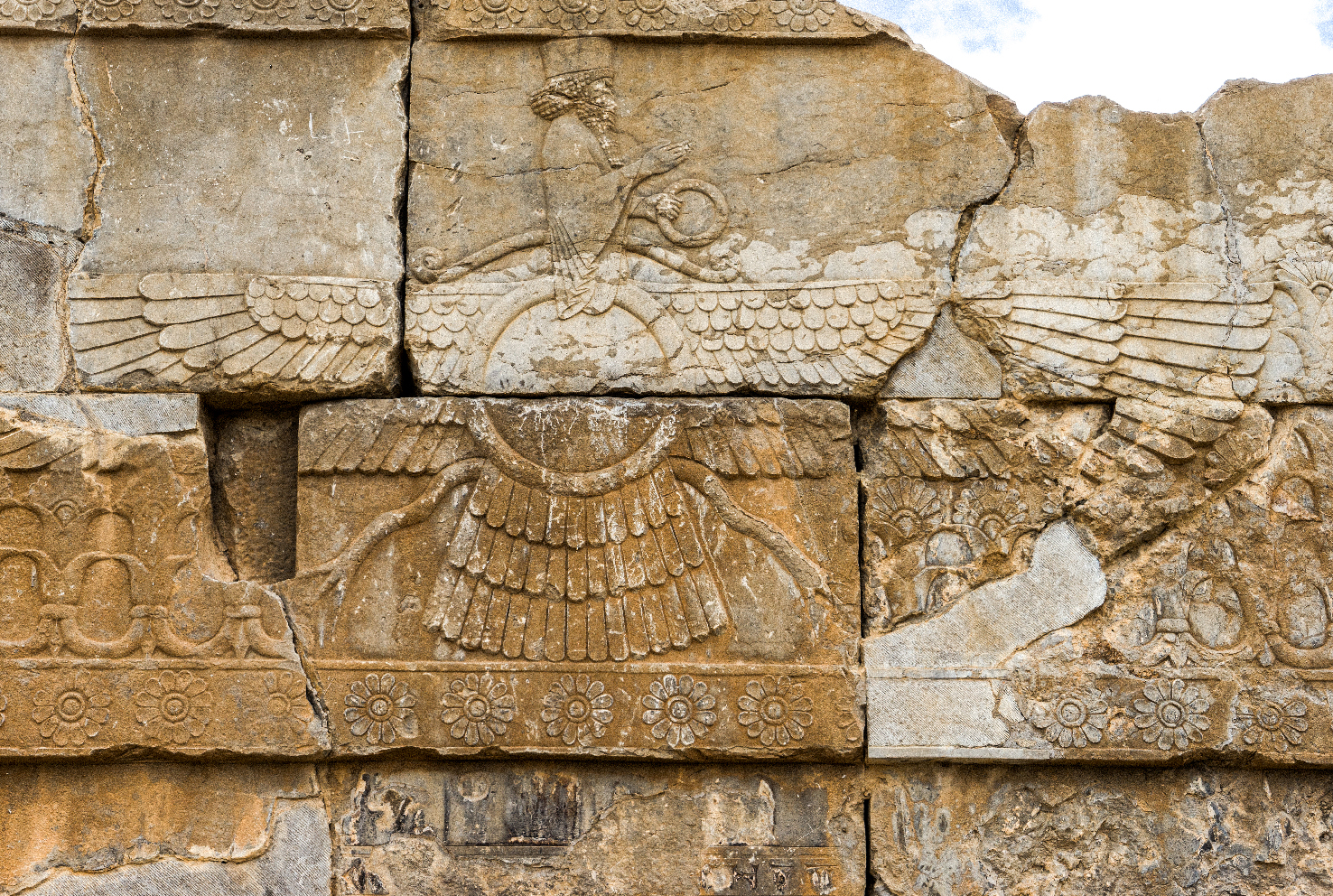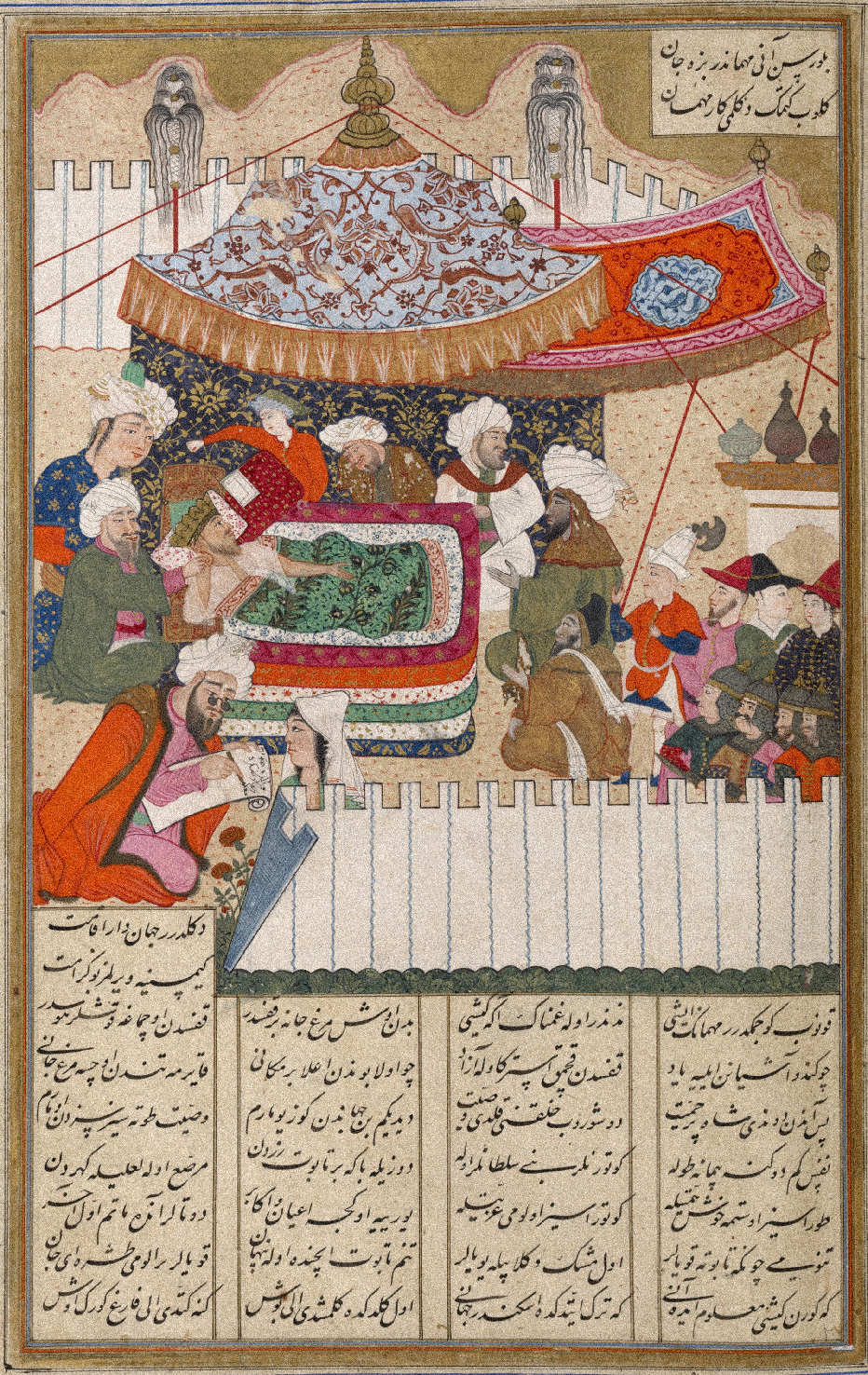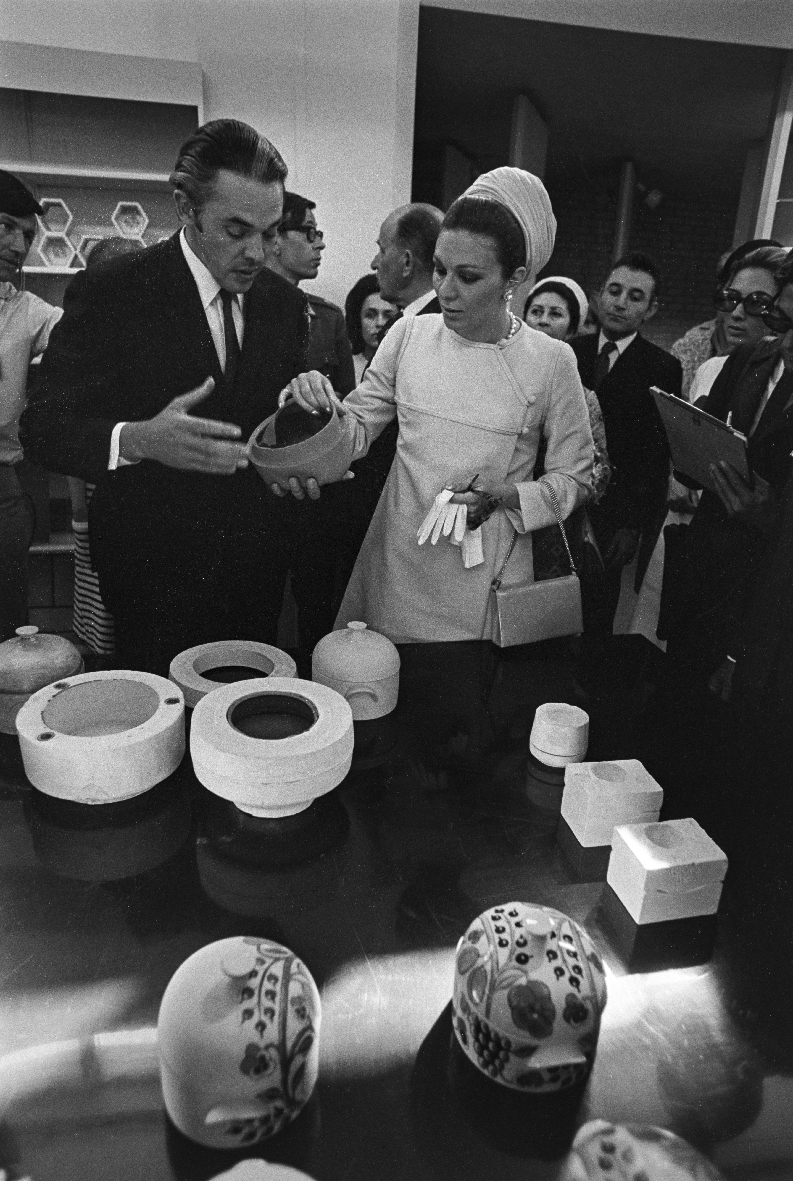“O man, I am Cyrus the son of Cambyses, who founded the Persian Empire, and was king of Asia.
Grudge me not, therefore, this monument.”
In the expansive narrative of history, Iran emerges as a timeless repository of cultural richness, where the echoes of ancient wisdom seamlessly blend with the aspirations of a modern nation. From the earliest days of civilization to crucial turning points before our time, this land has been the nurturing ground for influential individuals, shaping not only the narrative of our culture and country but also contributing to the formation of a modern international order.
As we embark on a journey through Iran’s golden epochs, we uncover the stories of four pivotal figures from different eras, their virtuous legacies intricately interwoven into the very fabric of our heritage. Beyond serving as mere historical markers, their enduring impact stands as a testament to the timeless grandeur of Iran’s cultural narrative.
Cyrus the Great: Architect of Power and Legacy at Persepolis
Cyrus the Great is celebrated for his unparalleled achievements in establishing and sustaining the Achaemenid Persian Empire. His success, a harmonious blend of diplomatic finesse and military prowess, reflected a ruler guided by wisdom and tact. Notably, Cyrus rejected assimilation methods, treating all nations as equals with inherent rights. A paragon of liberalism, he abolished slavery and oppressive rule, setting an extraordinary precedent. While ruling according to Zoroastrian beliefs, he refrained from imposing his faith. Known for his down-to-earth nature, Persians revered him as a father, Greeks esteemed him as a worthy ruler and lawgiver, and Jews regarded him as The Lord’s anointed. Cyrus created the first humane, equal, and religiously tolerant empire, spanning three continents and embracing diverse languages, races, religions, and cultures. The Persian Empire, under his enlightened governance, pioneered Federal Governments—a groundbreaking system with states enjoying internal autonomy, fostering a significant East-West dialogue.
In 539 B.C., following Cyrus the Great’s conquest of Babylon, a revolutionary chapter unfolded. His transformative actions, including the emancipation of slaves, affirmation of religious freedom, and principles of racial equality, were recorded on the Cyrus Cylinder. Acknowledged as the world’s first charter of human rights, this ancient artifact is translated into all UN languages, aligning with the Universal Declaration of Human Rights. Cyrus’s progressive ideals, encapsulated in the cylinder, became a catalyst for global human rights concepts, influencing societies from Babylon to India, Greece, and Rome. This ancient declaration laid the groundwork for evolving principles of “natural law” and rational legal systems, echoing through the annals of human history.

The “Cylinder of Cyrus”, also known as “Edict of Cyrus” — Kept in the British Museum

Stone carved Faravahar in Persepolis — Faravahar is one of the best-known symbols of Zoroastrianism
Zarathushtra: Illuminating Ancient Wisdom
In the mosaic of ancient wisdom, Zarathushtra stands as a luminary, casting a profound light on the spiritual landscape of antiquity. Known also as Zoroaster, he is the revered founder of Zoroastrianism, a faith that has left an indelible mark on the history of religious thought.
Zarathushtra’s journey through the annals of time takes us to ancient Persia, where he laid the groundwork for one of the world’s oldest monotheistic religions. His teachings, recorded in the sacred text known as the Avesta, illuminate a path guided by wisdom, righteousness, and an unwavering belief in the duality of cosmic forces.
At the core of Zarathushtra’s philosophy is the concept of Ahura Mazda, the supreme god embodying truth and goodness. The eternal struggle between Ahura Mazda and Angra Mainyu, the destructive spirit, symbolizes the perpetual battle between light and darkness—a theme echoed in various spiritual traditions across cultures.
Zarathushtra’s ethical code, encapsulated in the principles of Asha (truth) and Vohu Manah (good purpose), advocates for a life led with integrity and benevolence. His vision transcends mere ritualism, emphasizing a personal commitment to virtue and the betterment of the world. Zarathushtra’s impact extends beyond religious realms, influencing philosophical thought and ethical perspectives. His emphasis on free will, individual responsibility, and the pursuit of a life in harmony with divine principles has left an enduring legacy.
In a world often defined by complexity, Zarathushtra’s teachings offer a timeless guide—a compass pointing towards a life rooted in truth, goodness, and the constant pursuit of light amid the shadows. As we reflect on the ancient wisdom of Zarathushtra, we find not just a historical figure but a beacon of enlightenment, beckoning us to navigate the complexities of existence with wisdom, compassion, and a commitment to the eternal battle for goodness.
Ferdowsi Tusi: Guardian of Persian Heritage Through Shahnameh
In the vast landscape of Persian history, Ferdowsi Tusi stands as a brilliant figure with an impact extending far beyond his era. His masterwork, “the Shahnameh,” isn’t just a poetic marvel—it’s a robust fortress created by Ferdowsi to protect the Farsi language and uphold the core of Iranian identity.
Born in the 10th century, Ferdowsi witnessed the invasion of Arabic influences on Persian culture. Fueled by a deep love for his linguistic roots, he undertook a monumental task—crafting the Shahnameh. Over three decades, this epic became a literary stronghold against the erosion of language.
Shahnameh unfolds as an epic narrative, weaving myths, legends, and historical tales of ancient Iran. Ferdowsi’s poetic brilliance, evident in rhythmic cadence and vivid imagery, breathed life into the Persian language. Choosing classical Persian for Shahnameh, Ferdowsi consciously resisted linguistic changes, ensuring the language’s authenticity and purity.
Ferdowsi’s impact on the Farsi language is profound. Shahnameh became a timeless reservoir of linguistic richness, countering the dilution of Persian identity. Its poetic verses, echoing tales of heroism and tragedy, not only preserved the language but elevated it to an art form, fostering a profound connection to Iranian heritage.
Beyond linguistic preservation, Shahnameh embodies cultural pride. With meticulous artistry, Ferdowsi captured the essence of Iranian identity—Rostam’s mythical exploits, Siavash’s struggles—imbuing Shahnameh with a soul transcending generations.
As we journey through history, Ferdowsi Tusi emerges not just as a poet but as a vigilant guardian of Persian identity. His dedication to the Farsi language, reflected in Shahnameh’s verses, is a legacy that reveres the linguistic and cultural roots of Iran. In Ferdowsi’s poetic saga, we find more than a linguistic sanctuary; it’s a celebration of the enduring beauty and resilience of the Persian language—a testament to Ferdowsi’s indomitable spirit and the rich tapestry of Iranian heritage.

Persian miniature from “Shahnamah”

Empress Farah Diba visiting Arabia factory in Helsinki — 1970
Farah Pahlavi: A Regal Force for Progress in Iran
In the pages of Iranian history, Farah Diba Pahlavi, the wife of the former King of Iran, Mohammad Reza Pahlavi, emerges not just as a queen but as a dynamic force for positive change. Her tenure as Empress Consort of Iran, spanning from the 1960s to the revolution of 1979, is marked by a commitment to modernization, education, and social progress.
Farah Pahlavi’s influence extended far beyond the ceremonial role of a queen. In an era marked by sweeping societal changes, she championed women’s rights and education, becoming a symbol of empowerment for Iranian women. Her efforts to promote gender equality laid the groundwork for the aspirations of future generations.
The Farah Pahlavi Women’s University, established in 1969, stands as a testament to her dedication to education. This institution not only provided women with opportunities for higher learning but also became a catalyst for social change. Farah Pahlavi recognized that the advancement of a nation hinged on the education and empowerment of its women.
Additionally, she played a pivotal role in the establishment and development of cultural institutions, supporting the arts and preserving Iran’s rich heritage. Farah Pahlavi’s efforts to promote cultural exchange and understanding between Iran and the world fostered a sense of global awareness and appreciation for Iranian art and civilization.
Farah Pahlavi’s philanthropic initiatives extended to healthcare as well, with the establishment of the Farah Hospital in Tehran. This medical facility aimed to provide accessible and quality healthcare services to the Iranian people, reflecting her commitment to the well-being of the nation.
While the political landscape shifted in 1979, leading to the end of the Pahlavi monarchy, Farah Pahlavi continued her advocacy for human rights, democracy, and a peaceful, progressive Iran. In her years of exile, she has remained an influential figure, promoting dialogue and understanding between the Iranian diaspora and the international community.
Farah Pahlavi’s legacy is one of resilience and dedication to the betterment of Iran. Her contributions in the realms of education, women’s rights, and cultural preservation are enduring testaments to a vision for a modern and progressive Iran. As history unfolds, Farah Pahlavi remains a symbol of grace, strength, and a tireless advocate for positive change in the fabric of Iranian society.

